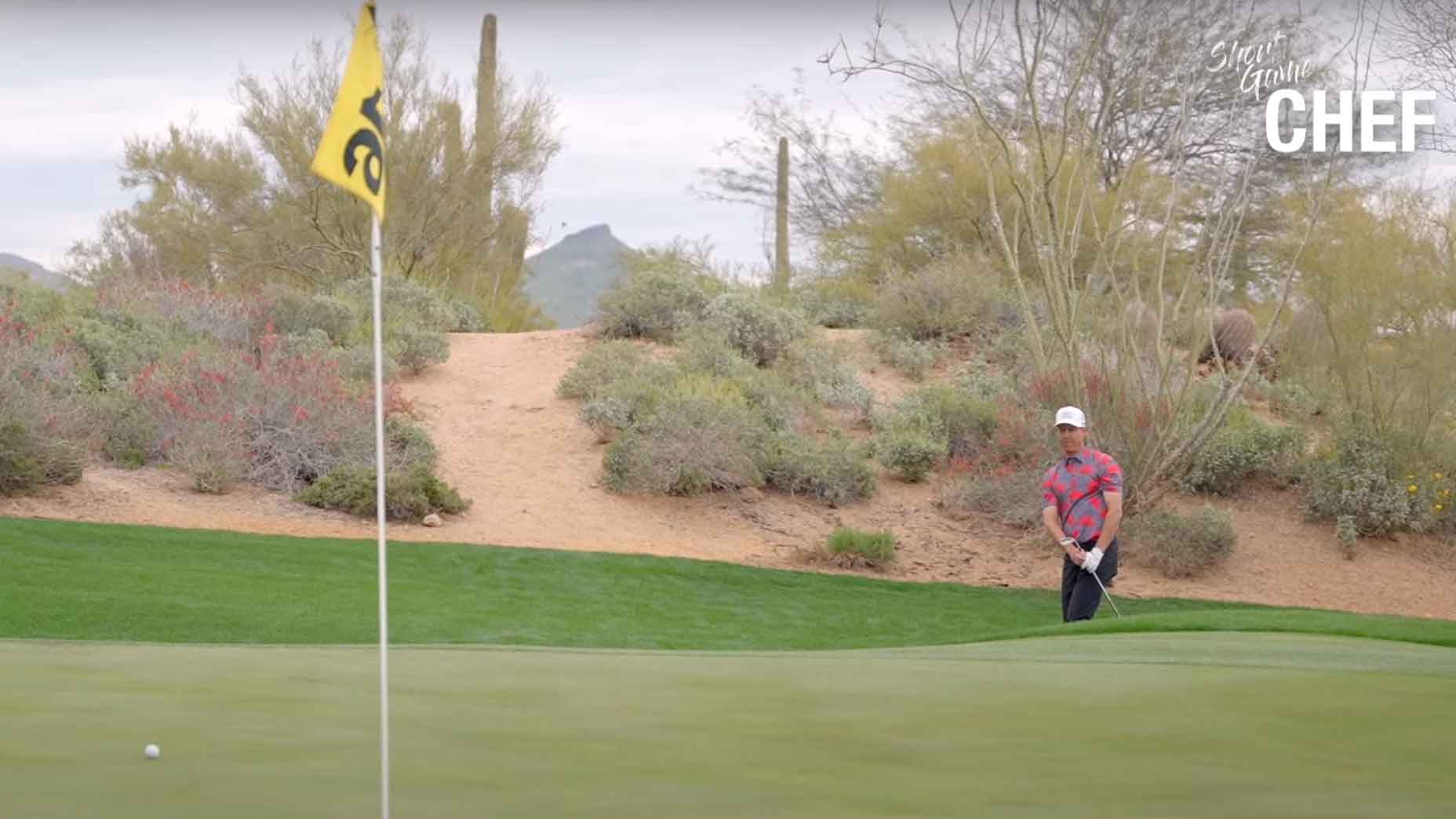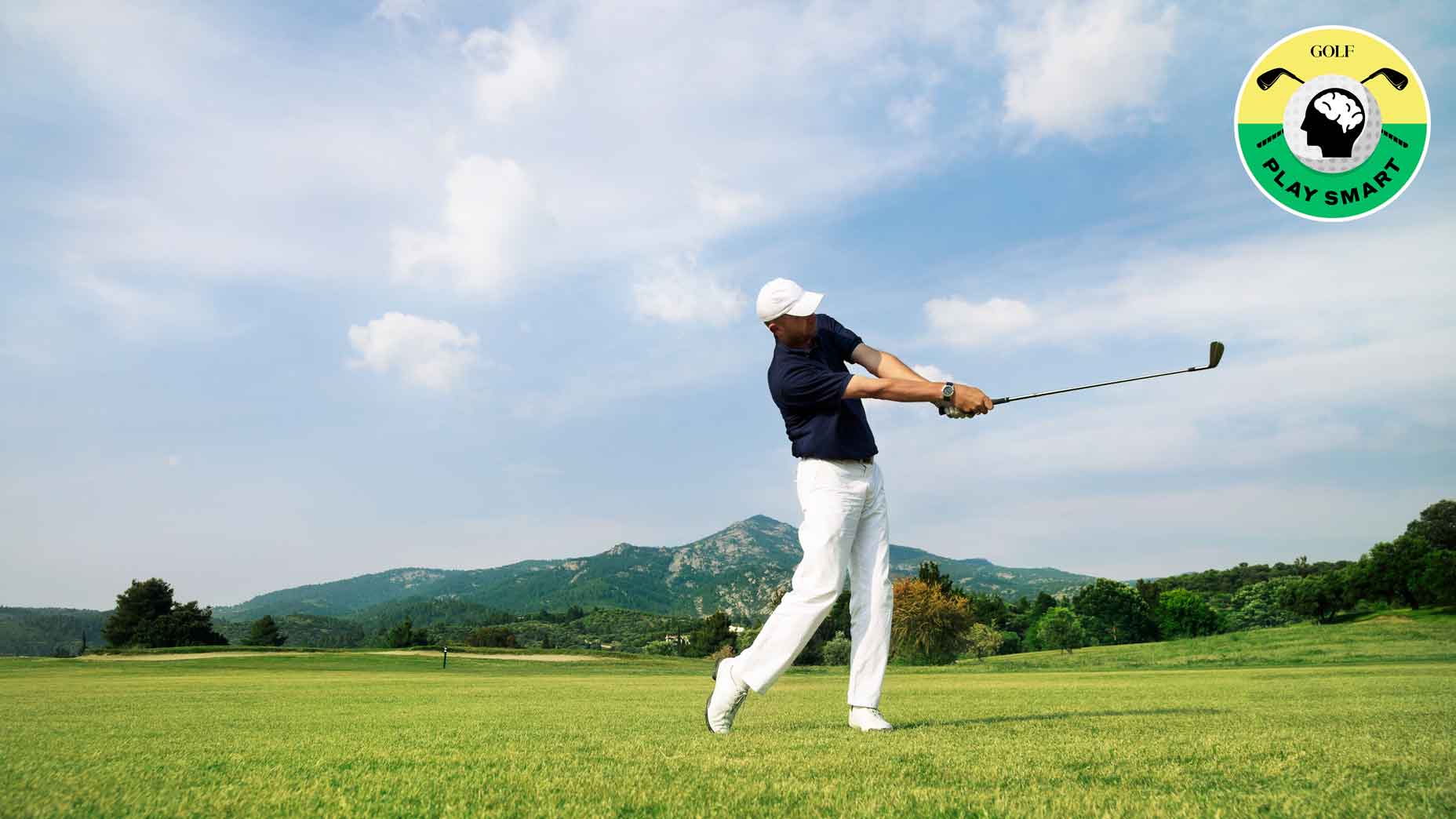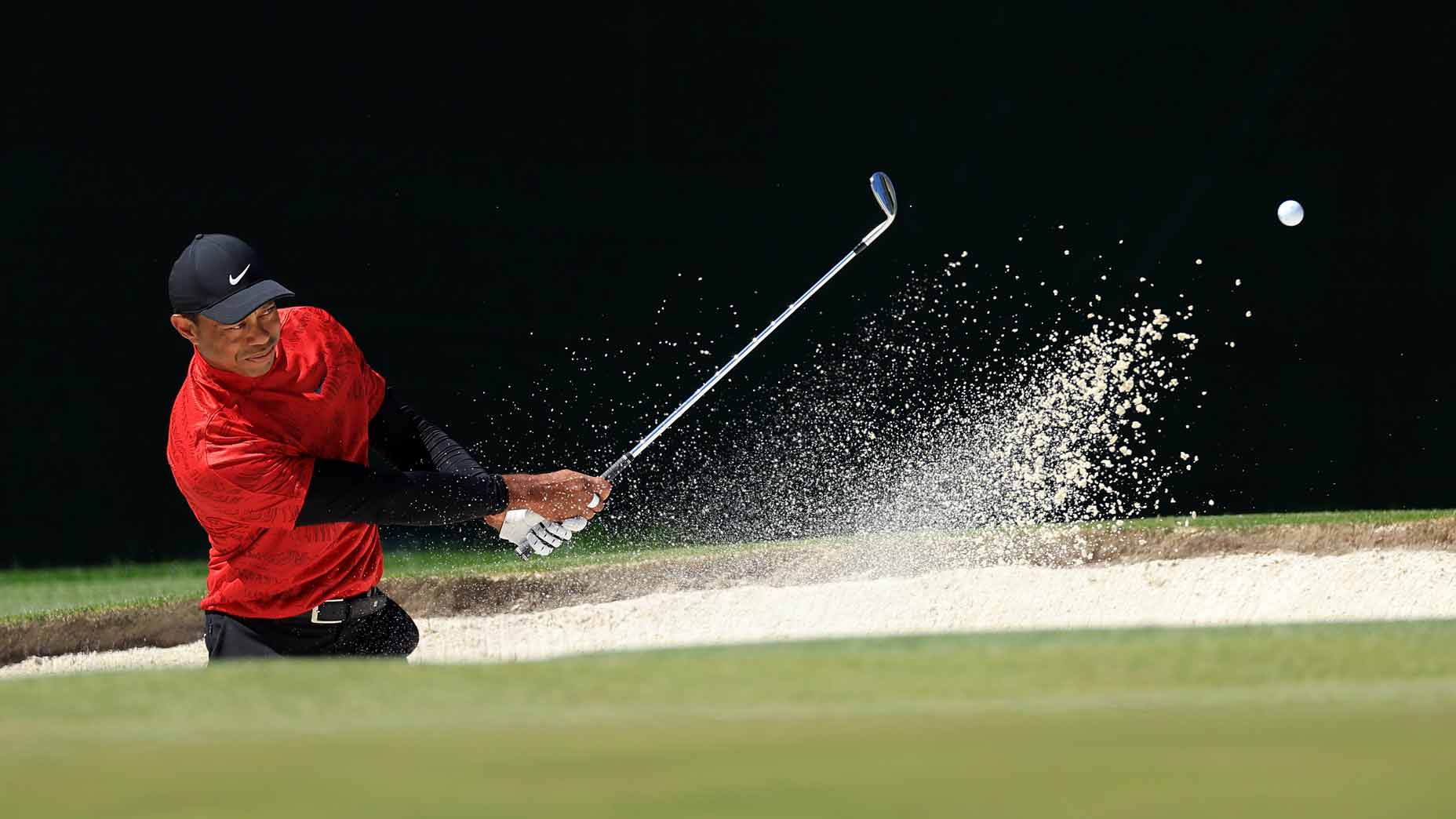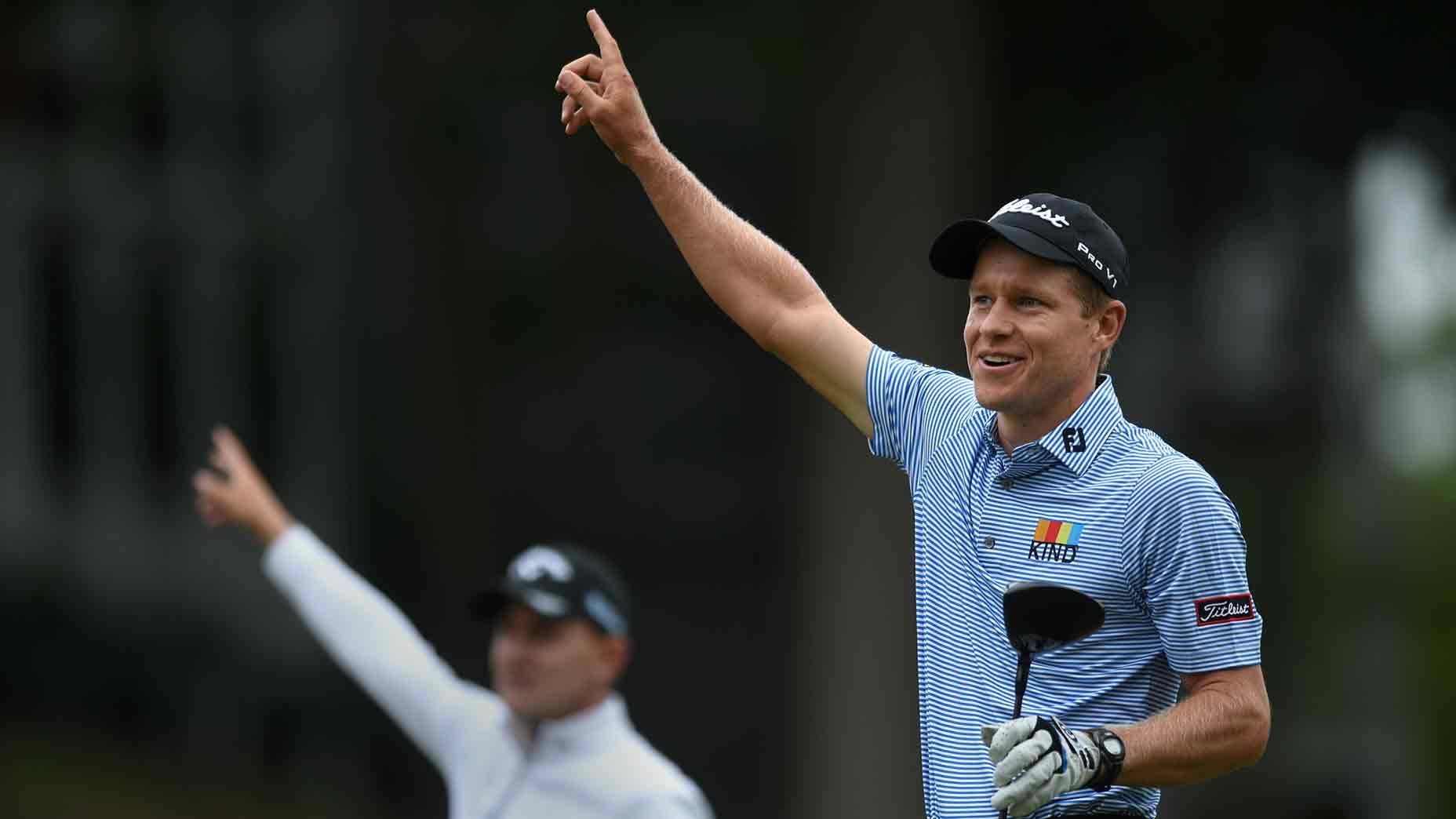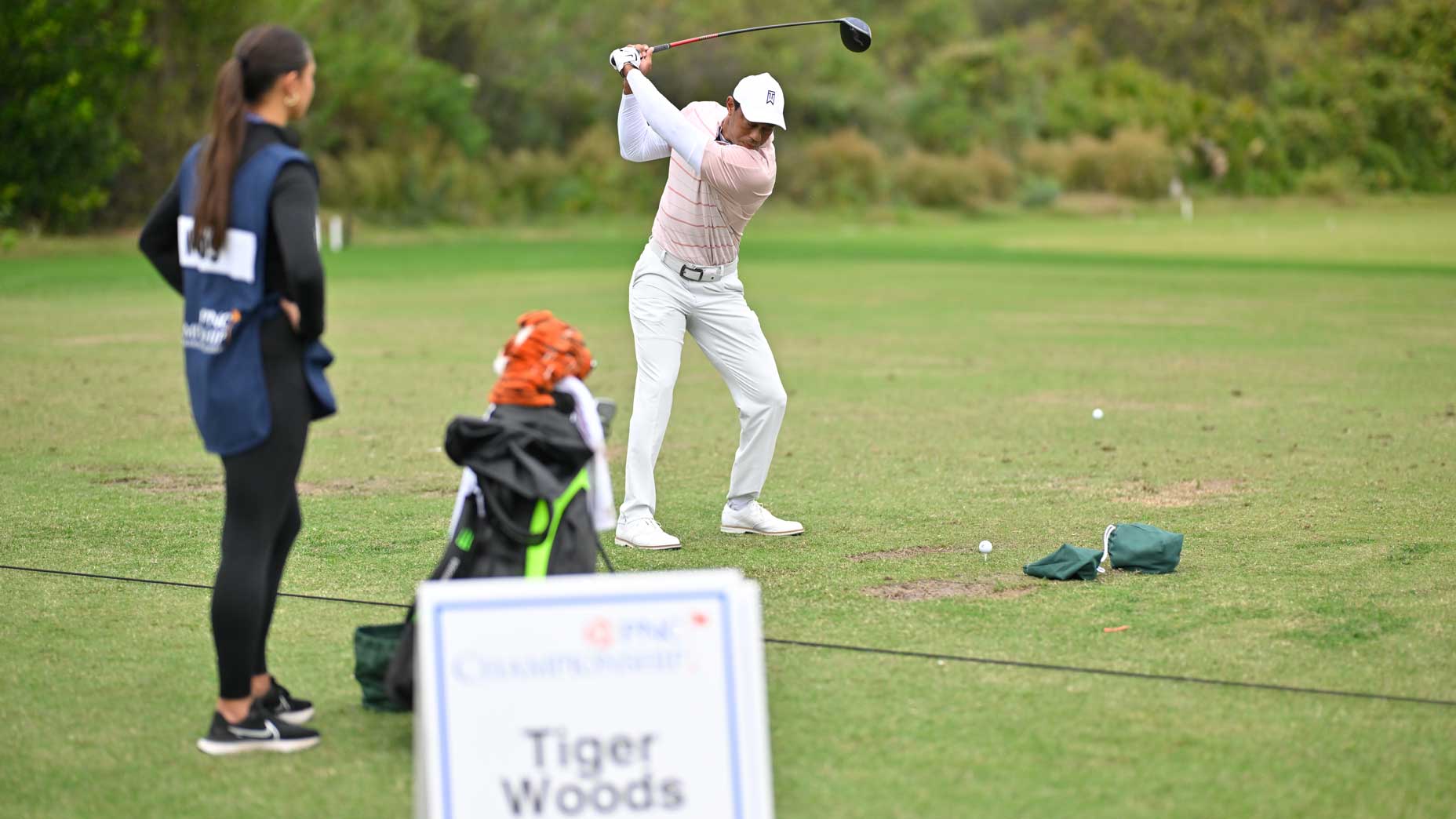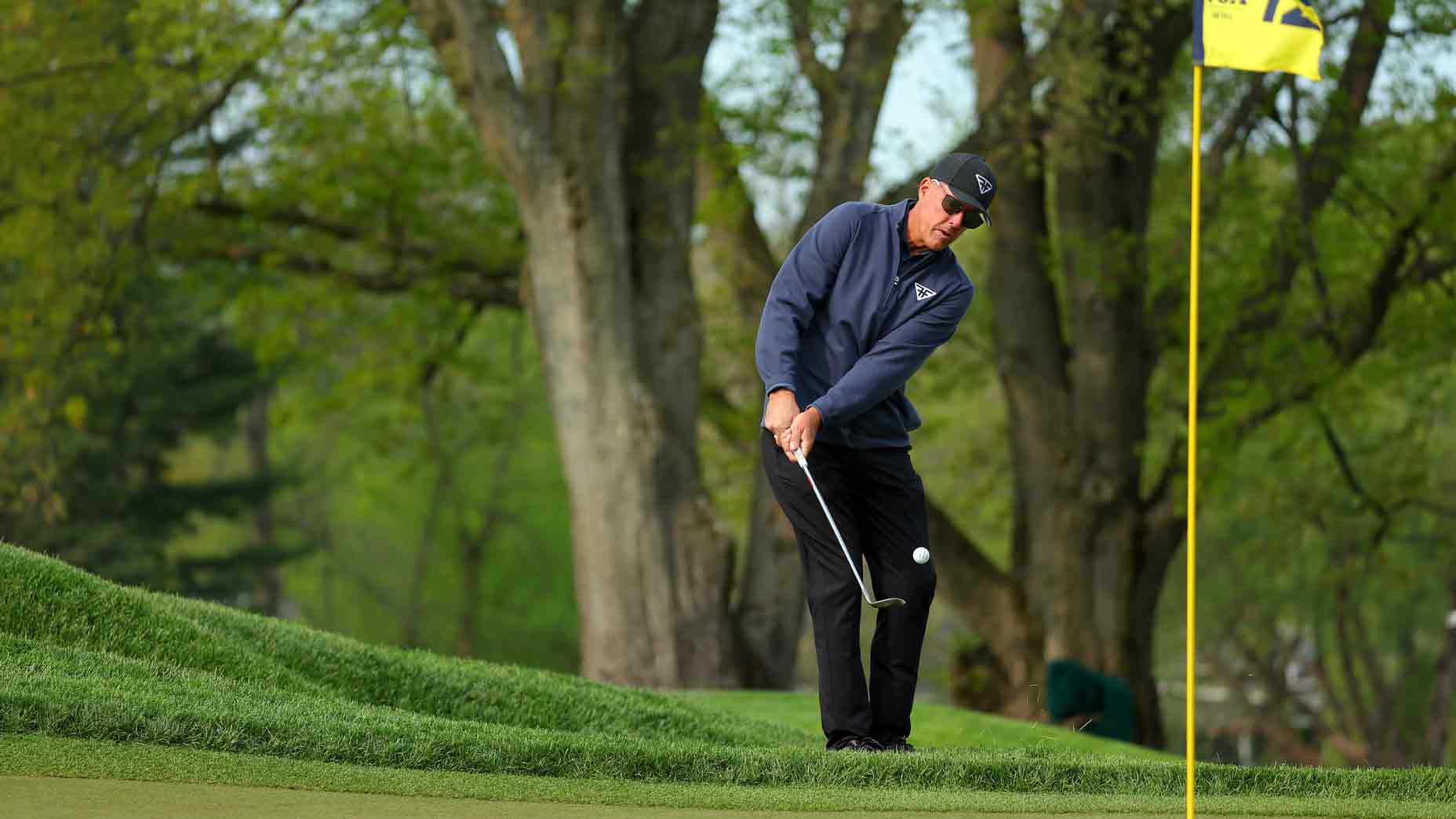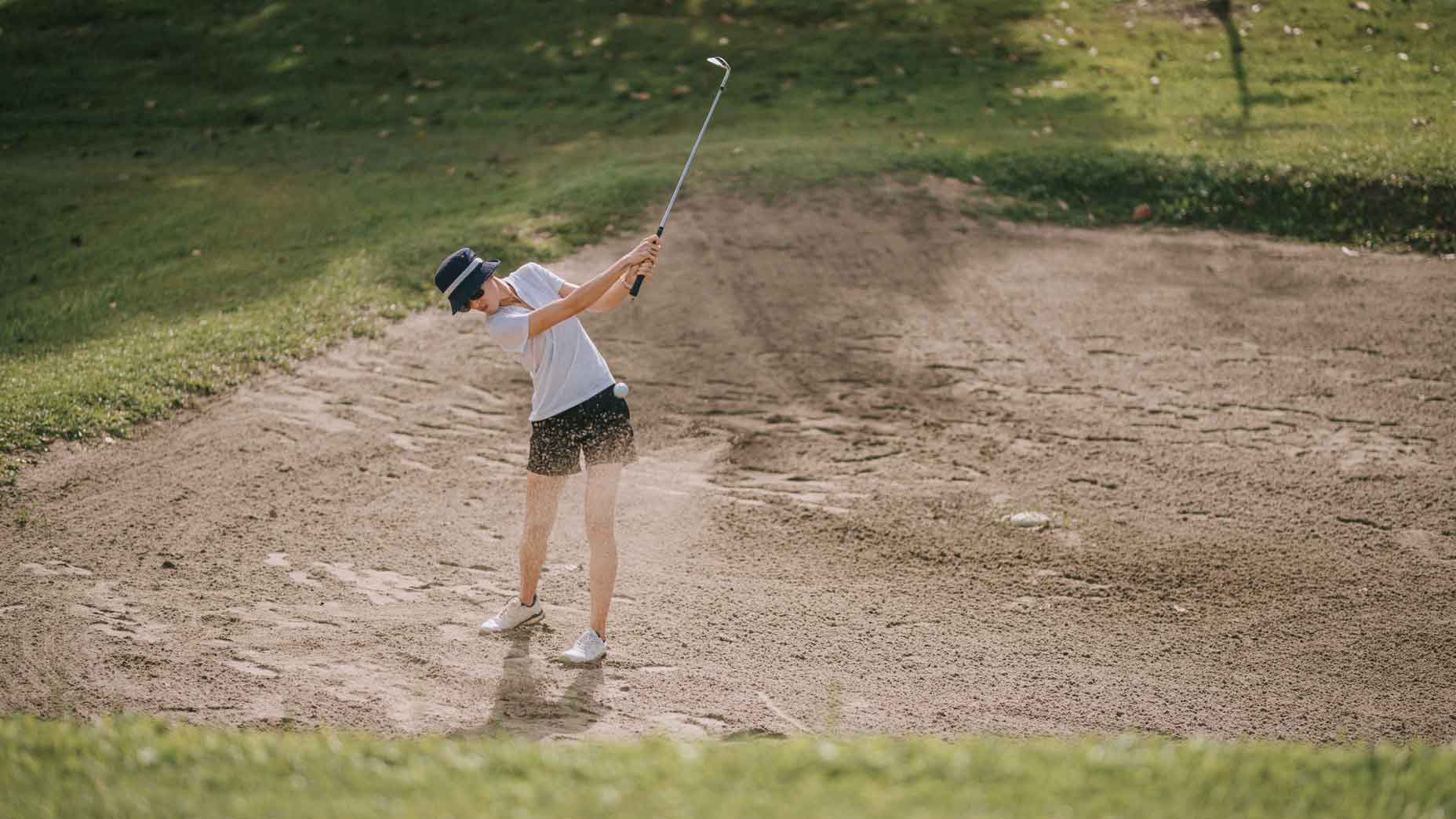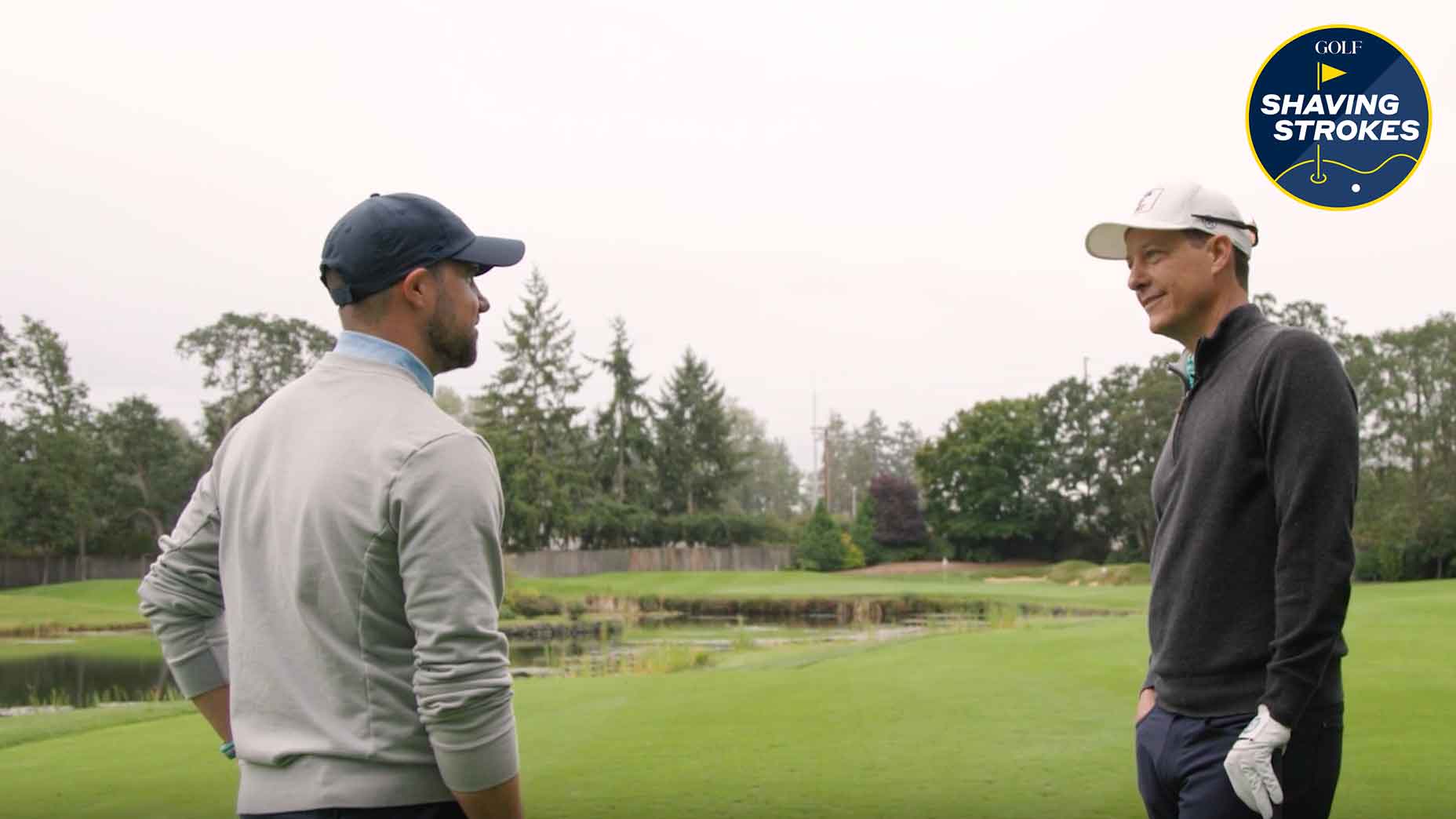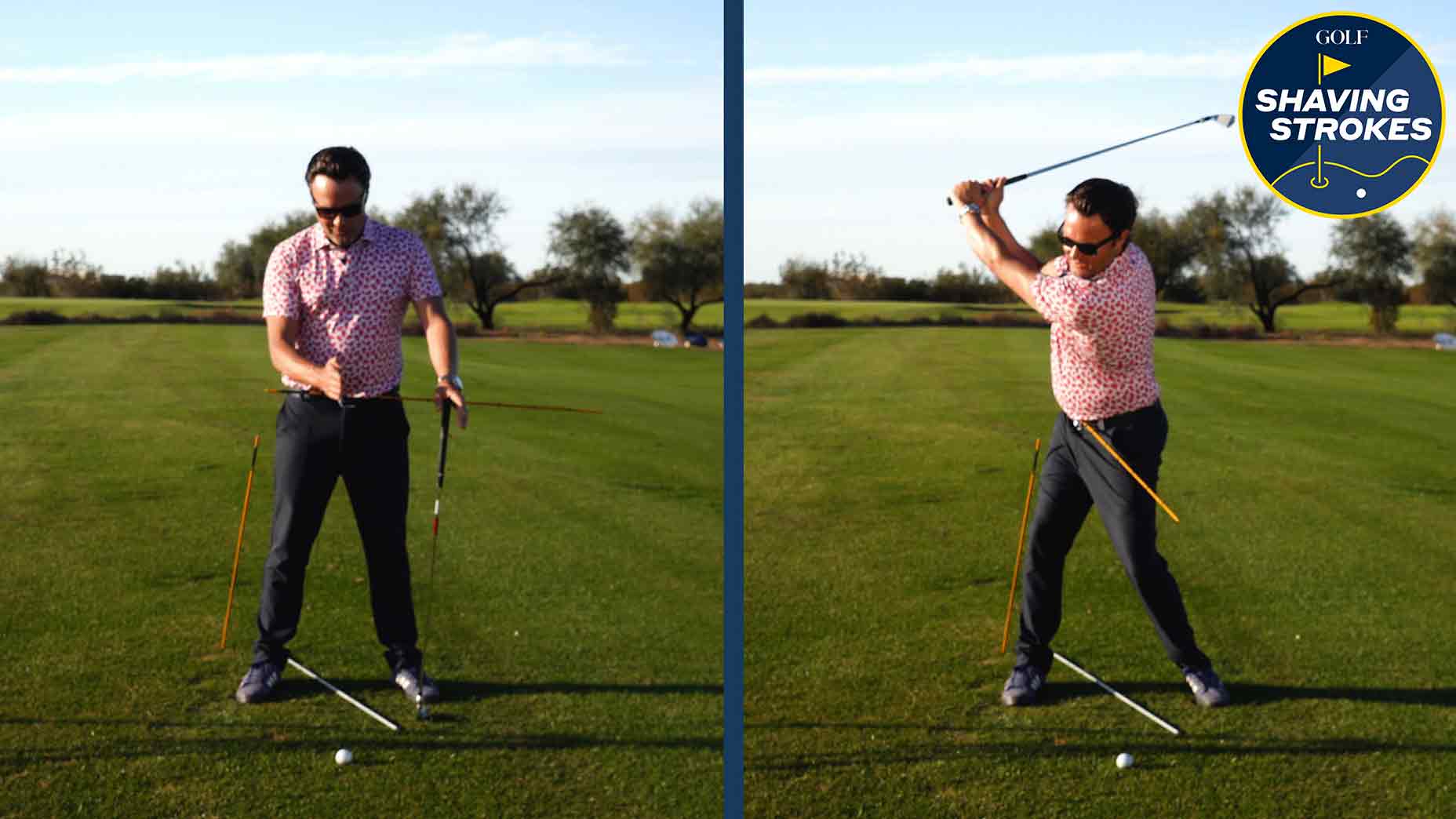Welcome to Shaving Strokes, a new GOLF.com series in which we’re sharing improvements, learnings and takeaways from amateur golfers just like you — including some of the speed bumps and challenges they faced along the way.
OK, so you’ve done all the right things as you walk up towards the green, and only have to get up-and-down to save par. You’ve done this plenty of times, so you’ve got this, right!?
Next thing you know, you’re lazy with your weight distribution, you get too far beneath the ball, and you find yourself hitting a chip shot that might look pretty — but ends up sitting about halfway to the cup.
Brutal result.
Now you’re left really scrambling, having to rely on your putter to save you from a disastrous hole.
But what if you didn’t need to have a long putt to save par? What if you didn’t have to lag-putt just to bogey? I bet your confidence would be through the roof and you’d have a little bit more pep in your step.
The good news is: that scenario is achievable, you just need to know some fundamentals — and GOLF Top 100 Teacher Nick Clearwater is here to help.
In the video above, Clearwater provides an easy tip that can help improve your chip shots from 20-30 yards; and it all starts with the impact position of the golf ball on your club.
Since the impact position is different while chipping than it is on a full swing or driver, Clearwater uses a marker on his clubface to show the prime sweet spot to focus on from around the greens.
“The impact location that you want is where I’ve drawn this orange Sharpie marker,” he explains. “It’s about 15-20 millimeters below the center of the club, which is the orange dot. And then ever so slightly towards the heel, and you’ve got a little more range on the toe.
“That area of the club is where you’re going to hit every good pitch shot.”
But just because you know where the impact location is doesn’t necessarily mean you’ll always hit it consistently.
“You [still] need to open up the clubface slightly, making sure the leading edge of the club starts to get higher off the ground; that’s using the bounce,” he instructs. “You also want to hit it low on the club so that there isn’t a bunch of grass and debris getting between the club and the ball.”
Next, Clearwater walks through how a player can adjust their club position during the swing, saying it all starts with ball location at setup and the positioning of your hands as you come through impact.
“If I was going to hit this shot and I wanted to hit it as high as I could on the clubface, I’d play the ball back in my stance, keep the face really straight, and, as I come through the ball, I would hit it and try to keep my hands in front of the shaft,” he adds.
After hitting his first shot, the result ends up being a low shot without much spin. Clearwater admittedly says it’s “a pretty lousy way to hit it,” and leaves too much grass between both the ball and the club.
He then demonstrates a shot using an open clubface, leading to the result every golfer wants.
“I’m going to open the face at address, and then, coming through the ball, I’m going to try and hit it with the shaft leaning slightly forward,” he says. “Then I’ll start to extend my wrists and bend the clubhead back upwards towards me.
“That’s what gives you that really low impact location, allowing you to hit a really high shot that has a ton of spin on it.”
Now that you know where the impact position should be on these shorter chip shots, you can build your confidence in the short game by leaving your results closer to the hole — which will help you shave strokes by the end of each round.
Divot Board
$97.99 (was $139.99)
View Product

